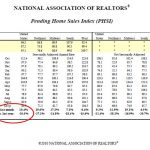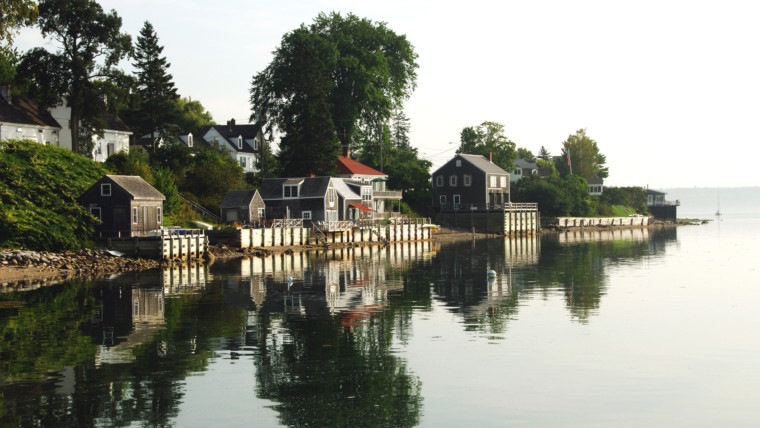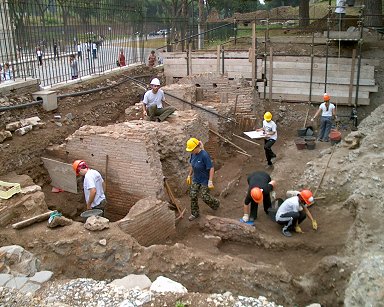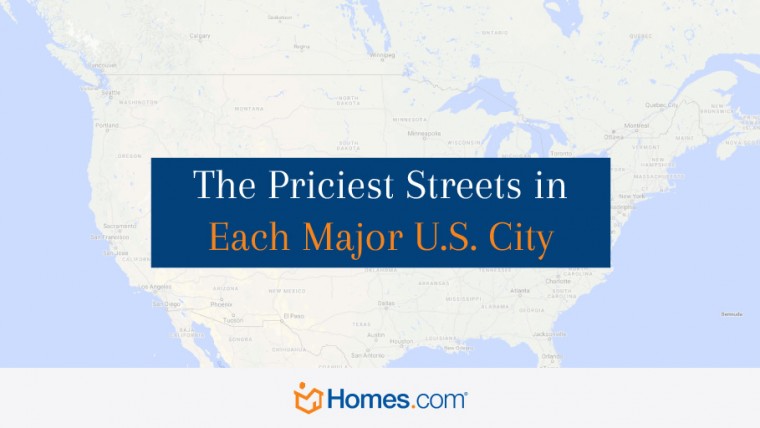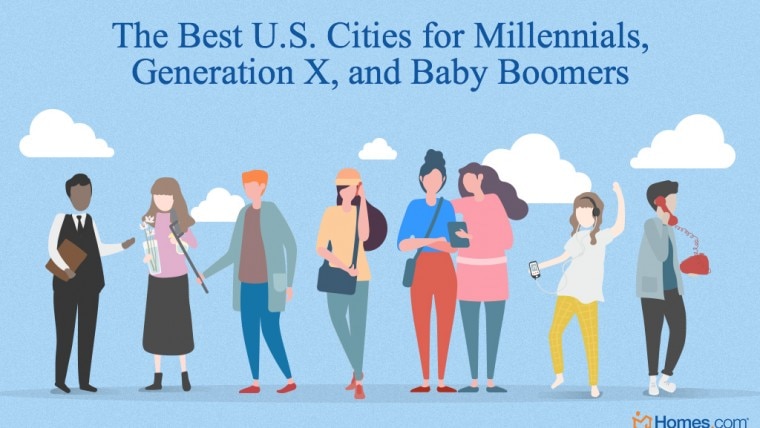You Do Not Need 20% Down to Buy Your First Home
The 20% down myth, purveyed by uneducated media, scares far too many would-be homebuyers out of purchasing. Here are 5 very legitimate ways to avoid the 20% down myth.

down pay·ment
noun
- an initial payment made when something is bought on credit
- is typically indicated as a percentage of the sales price
Your down payment can come from your bank accounts, investments, stocks or mutual funds, inheritance awards, your retirement portfolio, a gift from a family member and even a bridal registry.
Requirements vary based on loan type and home buyers purchasing a primary residence will always have lower down payment requirements than an investor or second home buyer.
Conventional 97% LTV Program
The once dormant Fannie Mae 97% loan-to-value program has arisen from the ashes as of December 2014. Thankfully, the Federal Housing Finance Authority (FHFA) who controls Fannie and Freddie, realized that many Millennials were staying on the home-buying bench due to lack of assets.
They also found FHA financing pricier than they preferred, and lacked a reasonable conventional mortgage alternative.
As it happens young people in the millennial demographic have had a hard time saving during the Great Recession. Working a job that you are overqualified for typically means you are not making the wages you had hoped. That makes it difficult to save the funds needed for a robust 20% down payment.
It does not, however, indicate that savings-challenged millennials are a greater credit risk. In fact, many have impeccable credit that often works in combination with upward job mobility potential to make them a very low credit risk.
The conventional 3% down mortgage is a solid option to FHA financing. The 3% down payment program is limited to loan sizes of $417,000 or less. Loans in high-cost areas are permitted, but loan sizes remain capped at local conforming loan limits.
FHA – Federal Housing Administration
In 1934 the Federal Housing Administration was launched to provide an alternative to private market mortgage options. The period, although more severe, was not unlike the one from which we just emerged. Bankrupt banks, foreclosed homes, general housing despair… these were the commonalities of the day.
Since they launched more than 80 years ago, FHA loans have consistently provided access to mortgage funding with private capital would not. HUD currently requires 3.5% down payment for most borrowers. They also provide flexibility in how and where you obtain that 3.5%.
Gift funds from parents or close relatives are common. FHA even allows for “Bridal Registry” down payments which allow the bride and groom to request and document funds to purchase their first home instead of garden variety small appliances or china that is deployed once every 5 years.
With the recent changes bringing FHA mortgage insurance back to more reasonable levels, FHA loans continue to be a great option for first-time buyers.
VA – Veterans Administration Loans
A well-deserved reward for serving in our Armed Forces; VA mortgage loans have consistently provided the preferred financing option for borrowers with that option.
To be eligible for a VA loan, you must have served in the U.S. Armed Forces, or have been a member of the National Guard or Reserves. In some cases, spouses of deceased veterans are eligible as well.
VA loans typically offer 100% financing for qualifying veterans. Speaking of qualifying. VA underwriting understands the challenges that families with deployed members often face. VA underwriting guidelines provide enough wiggle room to work through those issues as long as they can be documented and explained.
USDA – US Department of Agriculture
The “Farmer’s Loan” has served America’s rural communities for decades. Funded by the he United States Department of Agriculture (USDA), this rural housing incentive is a very solid mortgage product for those that qualify.
USDA loans generally come at rates at or near the going market interest rate. Offering a low interest, low down payment mortgage option for low to middle income families, USDA mortgage loans are one of the last 100% financing mortgage products available on the market.
With mortgage insurance rates that are 1/3rd of what FHA charges and significantly less than the private mortgage insurance (PMI) fees required for conventional financing – a USDA rural mortgage generally smokes that of FHA loans at 3.5% down. There are geographic requirements for the property itself, and a lender can definitely help you figure out if your dream home qualifies for this program. The USDA program is commonly used in towns with a population of 25,000 or less.
State and Local Assistance Programs
The federal government is not really in the “assistance” game directly, although they do provide funding. They defer housing incentives and down payment assistance programs down the ladder to state and local governments.
It is the right call too. Real estate is local, and not an area that can be micro-managed from Washington. The local nature of home-buyer assistance and down payment programs means that every state varies a little bit differently from each other on the quantity, quality and variety of down payment assistance programs.
In other words, check your local, state, city, and county websites to get up-to-date and accurate information for where you live.
The majority of the programs available from state housing and finance agencies are geared to low and middle income buyers. However, there are also programs designed to stimulate neighborhoods and revitalize areas of your city that have potential for growth and home value appreciation.
If you serve the community as a firefighter, policeman, social worker or teacher then you’ll want to look at FHA’s “Good Neighbor Next Door Program”.
Good Neighbor Next Door allows for 50% off the purchase price for qualifying buyers. Yep, you read that right. Your $150,000 house will cost you a mere $75,000 if you qualify.
Don’t celebrate just yet though, there are a couple gotchas. Number one is that the home must be a HUD foreclosure and located in a HUD designated “revitalization” area. You can check what you have available on HUD’s website.
Individual communities and even neighborhoods allocate funding toward housing assistance and neighborhood revitalization too.
Keep reading for more on down payment assistance.
Amazon.com Best-selling author, Shashank Shekhar (NMLS 8176) is a mortgage lender with Arcus Lending, offering loans for home purchase and refinance. Shashank has been featured as a mortgage expert on Yahoo! News, ABC, CBS, NBC and FOX. He has been named "Top 40 under 40" most influential mortgage professionals in the country.

